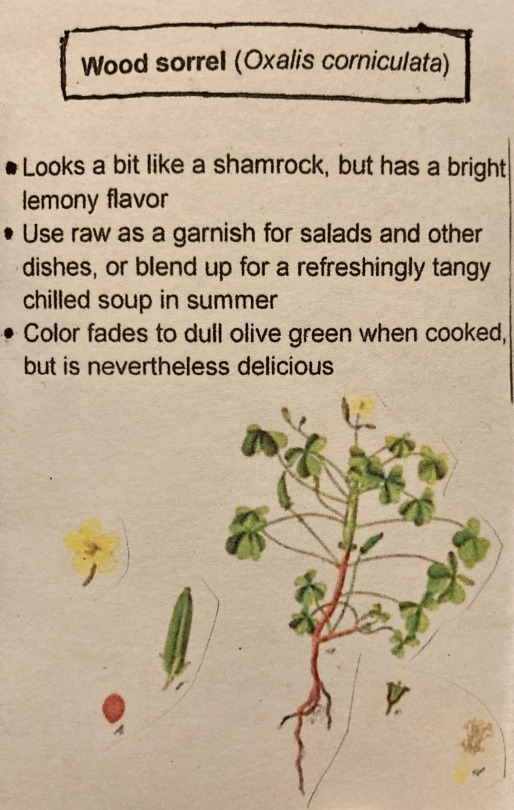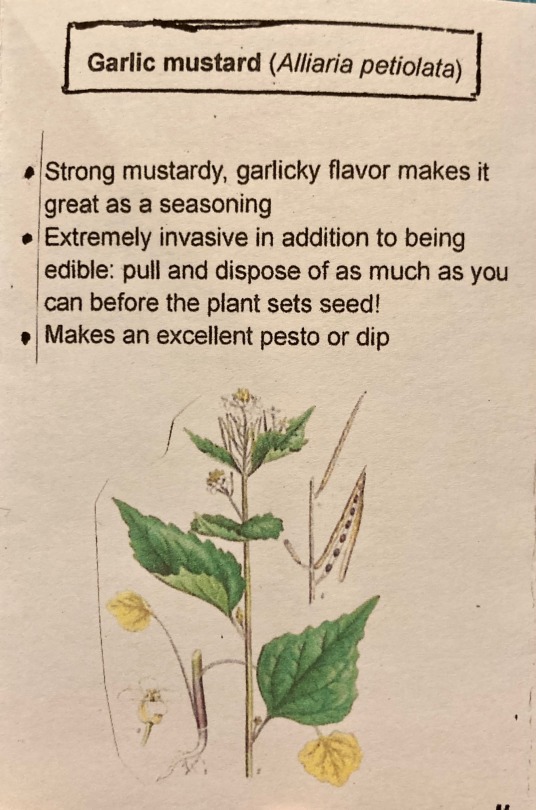Plant Id - Tumblr Posts


anyone have an ID on this guy? found near clover, grasses, dandelion, and catmint in massachusetts

People who know about plants, what is this? It’s not in full leaf yet and is a bush outside my apartment. I thiiiink it has white flowers but I’m not sure at the moment. I am hideously allergic to something around here and this may be one of the culprits. Certainly I get really sick in the corner of my room that’s facing these (the pollen comes through the wall or something o_o). And by “sick” I mean “hospitalized after 14 days of migraine”. 8)
plants love to be named "red" "black" and "white" for something that is pretty reliably a combination of green and brown









Eat Your Weeds: a tiny zine about edible non-native plants of North America that are probably growing somewhere near you! This zine is formatted to print on a single sheet of printer paper to be folded into an 8-page mini-zine: find the file here and instructions for assembling a mini-zine here!